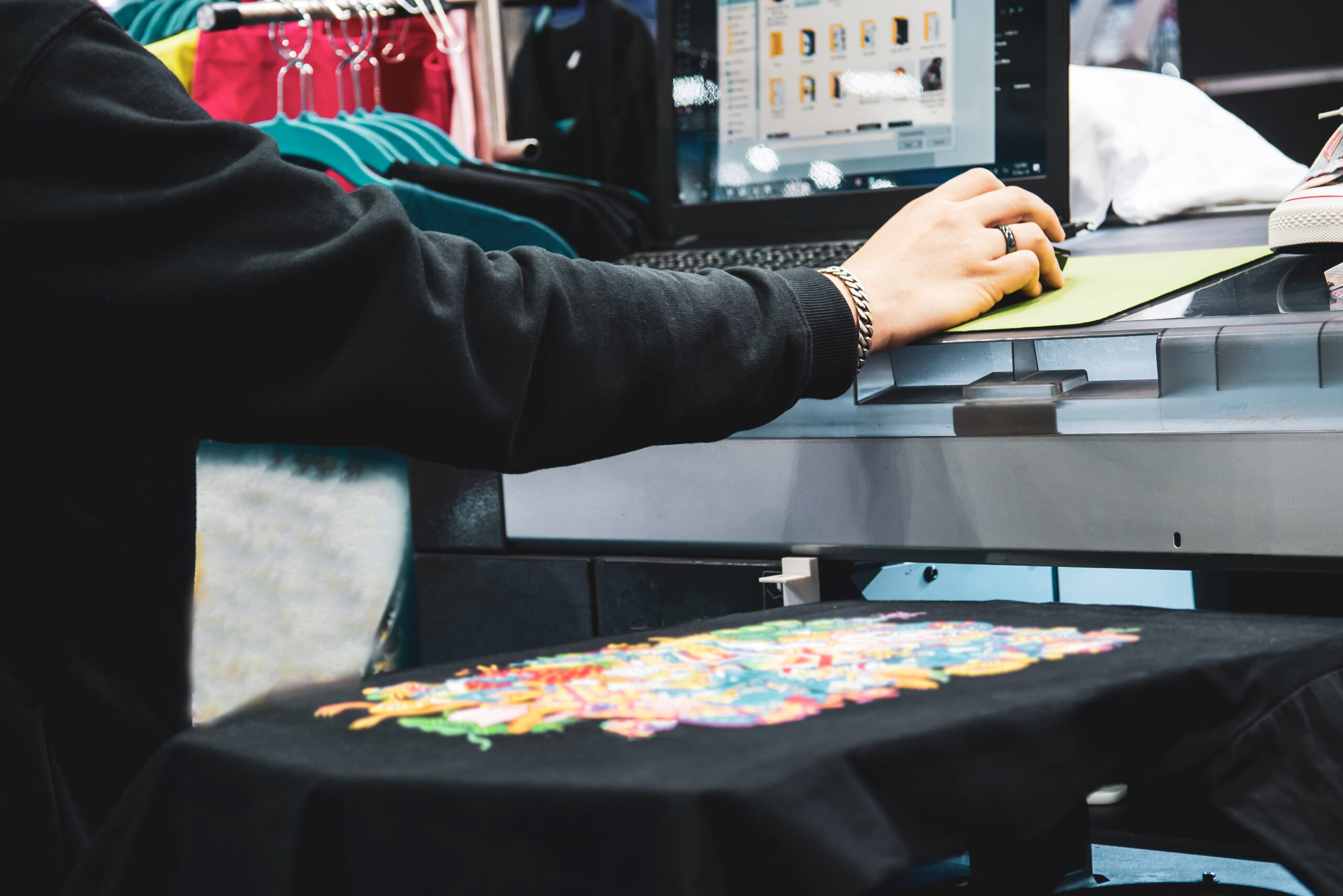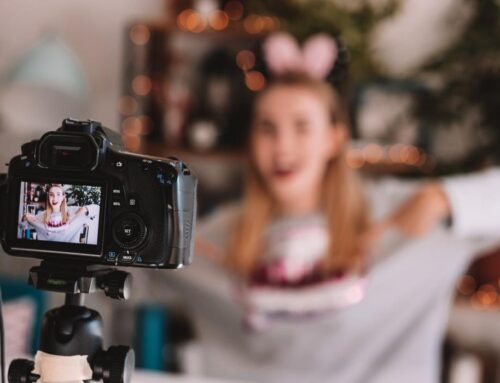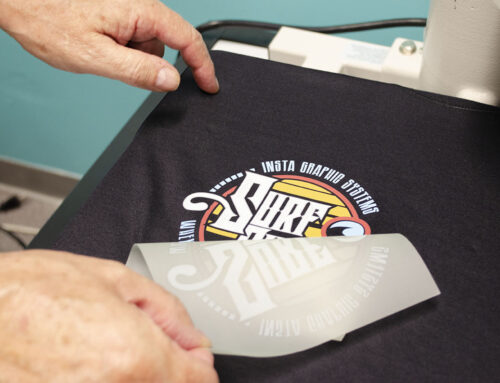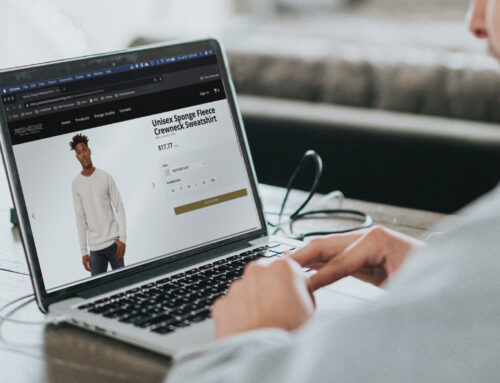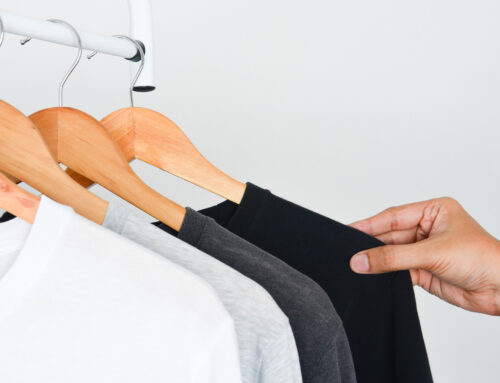Here’s an industry secret – when it comes to printing quality custom apparel, you have more options than you may expect. While there are many options available to consumers today, two main methods dominate the market: screen printing and direct-to-garment printing (DTG).
Both screen printing and DTG provide quality results when completed by a quality garment printing company, and each holds its own unique benefits. Knowing which option to choose for your specific needs can help you protect your budget and impress your customers.
As one of the top screen printing companies in Philadelphia, we want to break down these two leading garment printing methods to help you make better-informed value decisions the next time you order custom-printed merchandise.
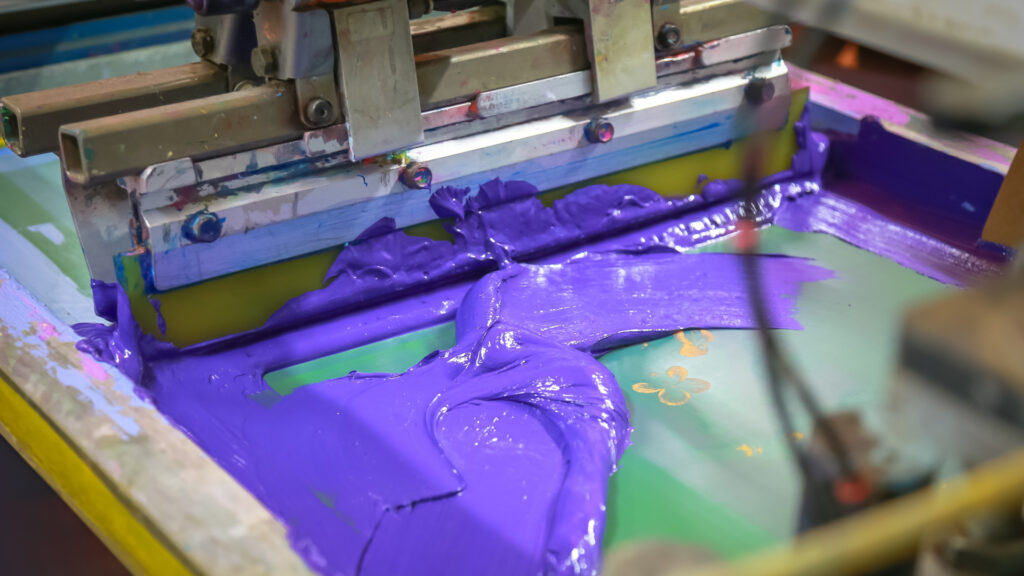
Option 1: Screen printing
When it comes to custom t-shirt printing – screen printing is the method you have likely heard of. With screen printing, ink is pulled through a fine mesh screen in order to imprint a design onto your substrate (it’s a fancy word for t-shirt or whatever you’re printing on). Screen printing is the most flexible and accommodating option for most orders because it allows designs to be replicated rapidly without sacrificing quality or incurring a high cost per piece.
While screen printing offers the ability to print artwork en masse, it’s important to consider your audience and your plans for moving inventory (for instance, giving away t-shirts at your event, selling tote bags at your restaurant, or introducing a new design in your retail store). Most screen printers will require buyers to meet a minimum order quantity or MOQ. Here at Press & Release, our MOQ is 12 pieces, and our experienced account managers will gladly help you determine the best order size for your needs.
Because screen printing separates artwork into individual screens for each color, it becomes a challenge to print high color count and full color (photographs, complex gradients, etc.) designs. Full-color prints can be achieved with screen printing through the use of CMYK or simulated process printing. Both of these methods utilize halftones to replicate a full spectrum of colors but require higher set-up fees that may not be cost-effective for smaller orders. If you have complex artwork or plan to order fewer than 12 pieces, direct-to-garment printing may be the better option for you.
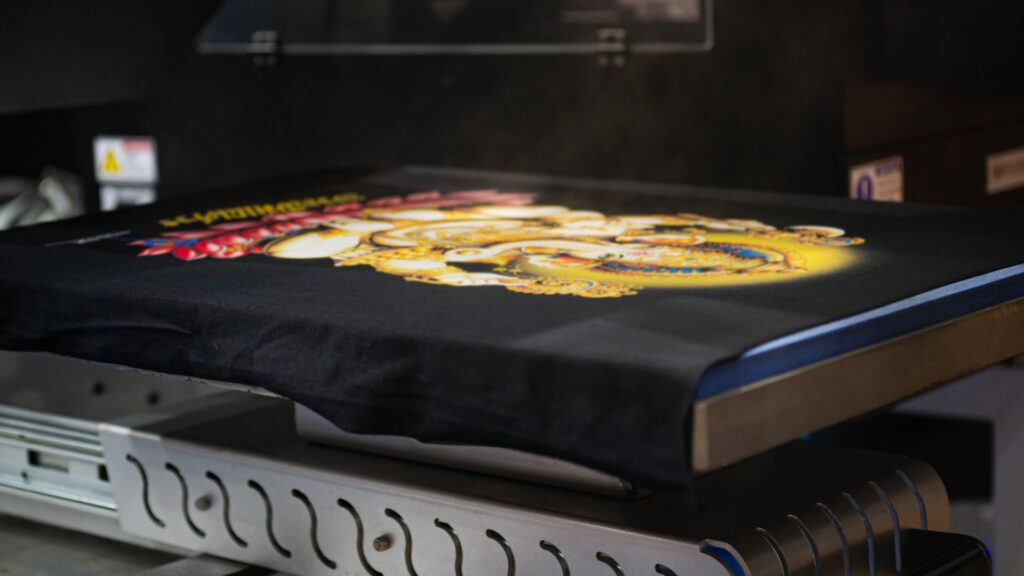
Option 2: Direct-To-Garment Printing
Direct-to-garment printing is a technique that prints your design directly onto the garment as a single image. Think of it like an inkjet printer for apparel. In the same way that our home office printers use cyan, magenta, yellow, and black (CMYK) inks to replicate a wide array of graphics including gradients and photographs, DTG printing uses water-based inks to digitally imprint virtually any image onto your garment.
DTG printing requires very little in the way of set-up, which eliminates the fees traditionally associated with screen printing and can make this method more practical for those seeking one-off printing or a limited release of a design. Instead of printing in bulk, DTG printing allows buyers to produce a unique design without taking on excess inventory in order to meet minimums.
One benefit of DTG printing is the ability to “try out” various designs without the cost of setting up screens. This method is perfect for businesses that wish to sample designs before placing larger orders. Bulk ordering (think quantities over 100 pieces) is still available with DTG printing, but screen printing will most often be the most cost-effective in those cases.
As mentioned above, DTG printing uses water-based inks. These achieve a smooth “blend” between colors where needed and prevent clogging the cartridges used in the process. While water-based inks have obvious benefits (super soft prints), they present their own unique limitations in that they perform best on 100% cotton garments. Keep this in mind when picking out the garment you’d like to print on; our account managers will assist you in selecting the best option for whichever print method you choose.
Choosing The Right Option For Your Business
So how can your company or organization know which option is best for your garment printing needs? Knowing your project’s specific requirements –as well as taking the benefits and limitations of both screen printing and DTG printing into consideration– will help you decide on a method.
To recap: screen printing allows for quick, easy, and cost-effective bulk printing on a wide range of garments. This makes screen printing a great choice for those who need large orders. However, this method requires screen set-up fees and has a minimum order quantity. This may result in a higher upfront cost, depending on the scope of your order. Keep this in mind as you place your orders, and consider simplifying your designs (fewer colors = fewer screens) to reduce set-up costs.
Direct-to-garment printing, on the other hand, doesn’t require minimums or set-up fees and is better suited for complex designs with a full spectrum of colors. By allowing for smaller orders, DTG is a great option for sampling new designs without the risk of sitting on leftover, unused inventory. Usually, DTG printing will have a higher cost per piece than screen printing. Our skilled account managers will help you make the decision best suited to your unique needs.
Design & Print Comfortably With Press & Release – Philadelphia’s Leader In Custom Merchandise
Whether you are looking for bulk t-shirt printing in Philadelphia, using screen printing, or exploring the options available with direct-to-garment, Press & Release will work with you to create the designs you need. As a leader in custom merchandise in the Philadelphia area, we take pride in working with companies and organizations of all sizes to ensure that their designs fit their brand and inspire their customers.
Ready to bring your vision to life? Learn more about our services, get an instant quote, contact us to start your order, or place your order online!
